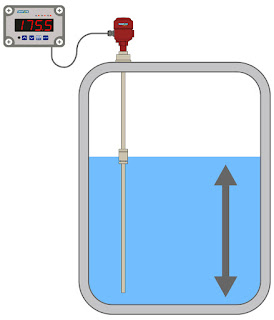Liquid Level Sensor – Different Types of Level Sensors and their Workings

A wide range of liquid level sensor is used for level measurement and available for addressing the various applications. Level sensor system installation requirements and practices. Level monitoring technologies are available in different versions to addressing various industries. The liquid level sensor is a sensor used for identifying liquid levels or interfaces between water and oil or solids and fluids. These sensors can likewise be characterized as transducers or as incorporated frameworks with instrumentation and control capacities. The liquid level sensor is one of the most significant sensors and assumes an indispensable job in an assortment of modern and purchaser applications. Various type of industrial applications incorporate liquid level sensor in transport tanks, stockpiling tanks and water/wastewater tanks and fuel tanks for detecting fluids, for example, oil, diesel and different fills. Fluid level estimation is huge in family unit applications including
